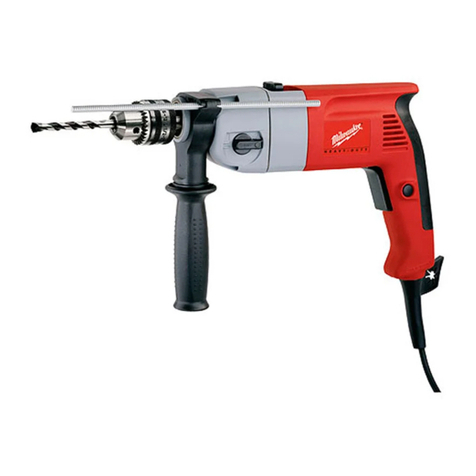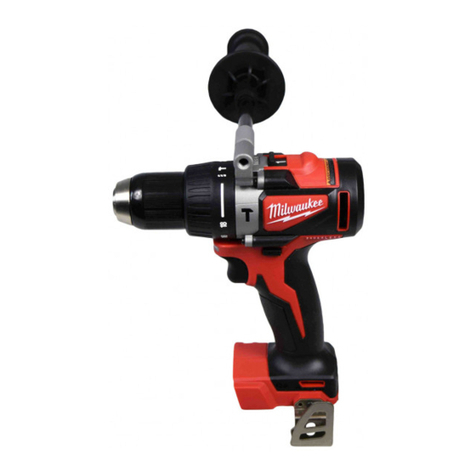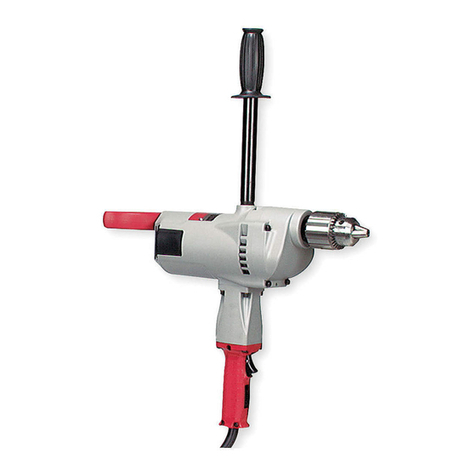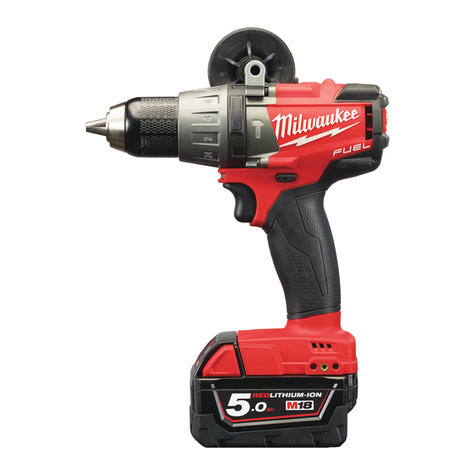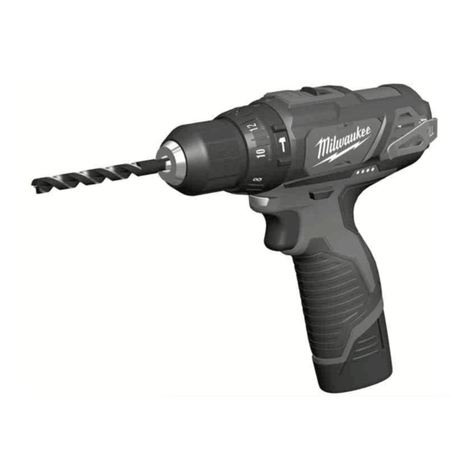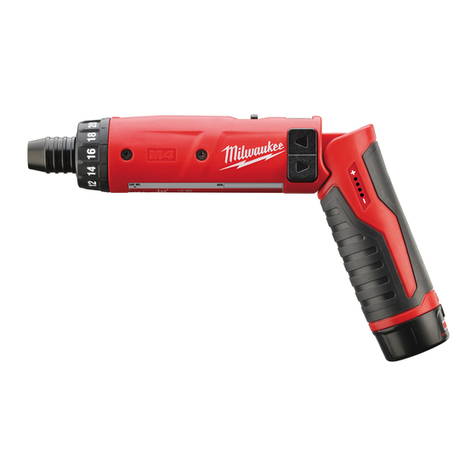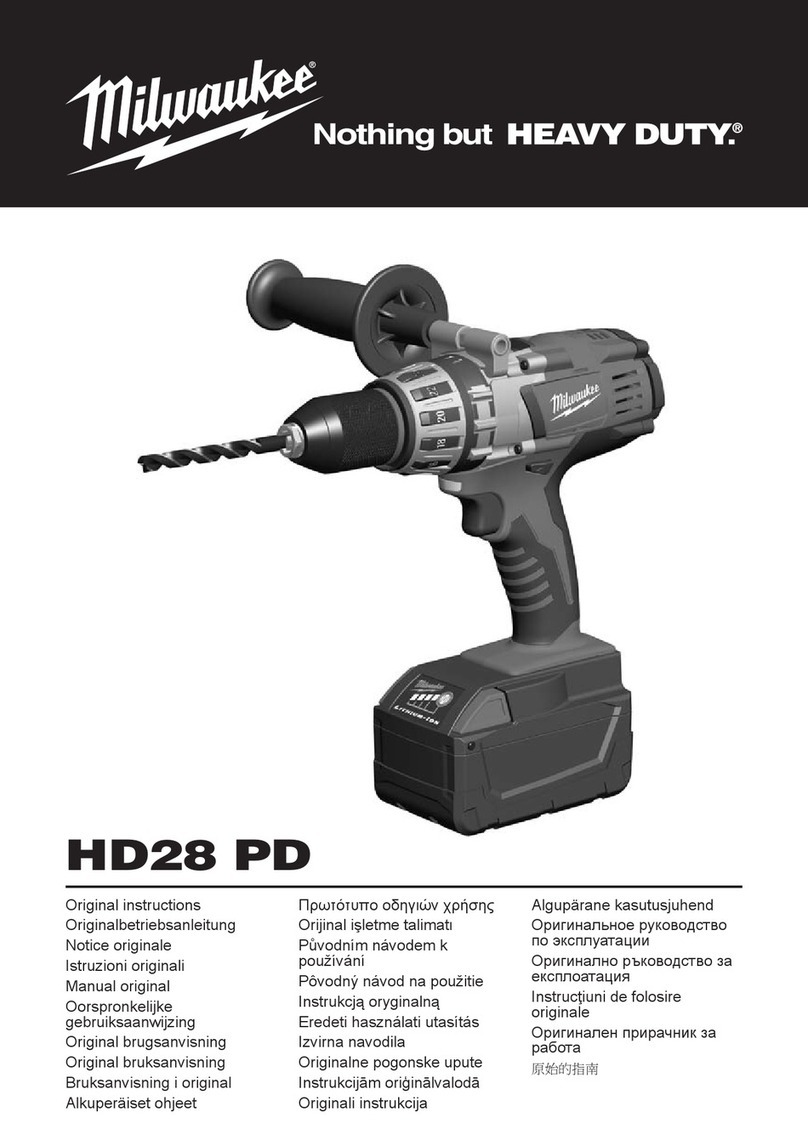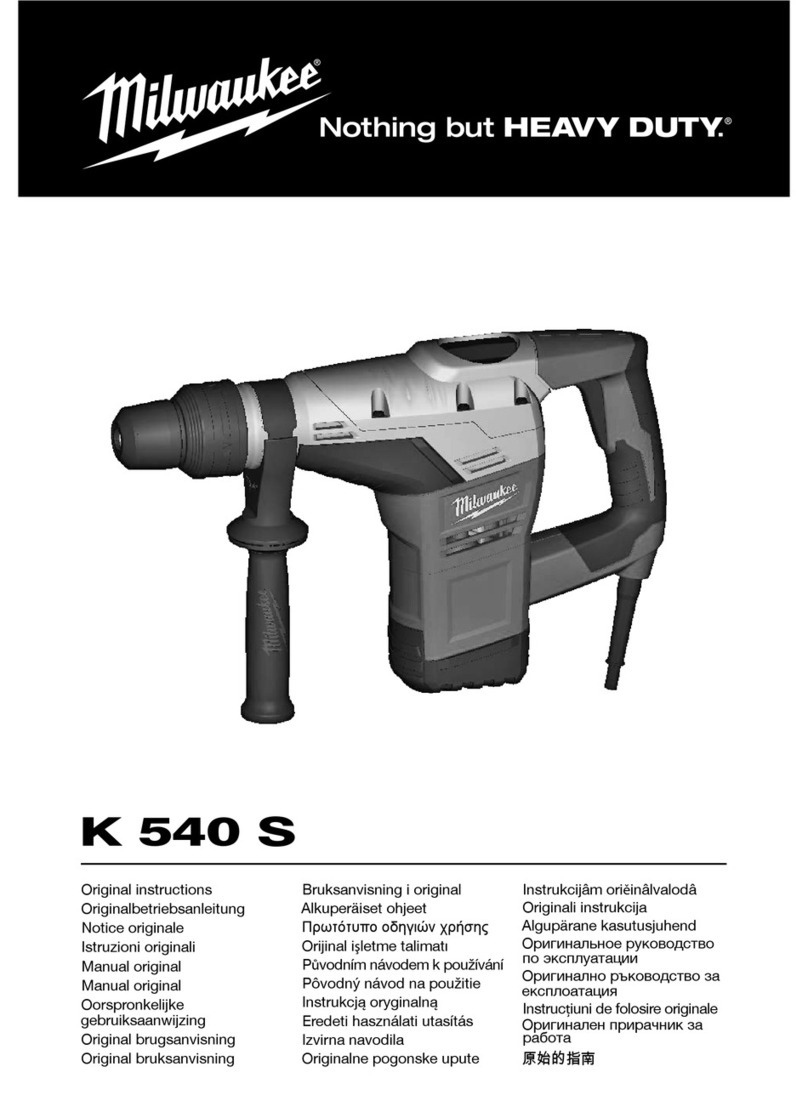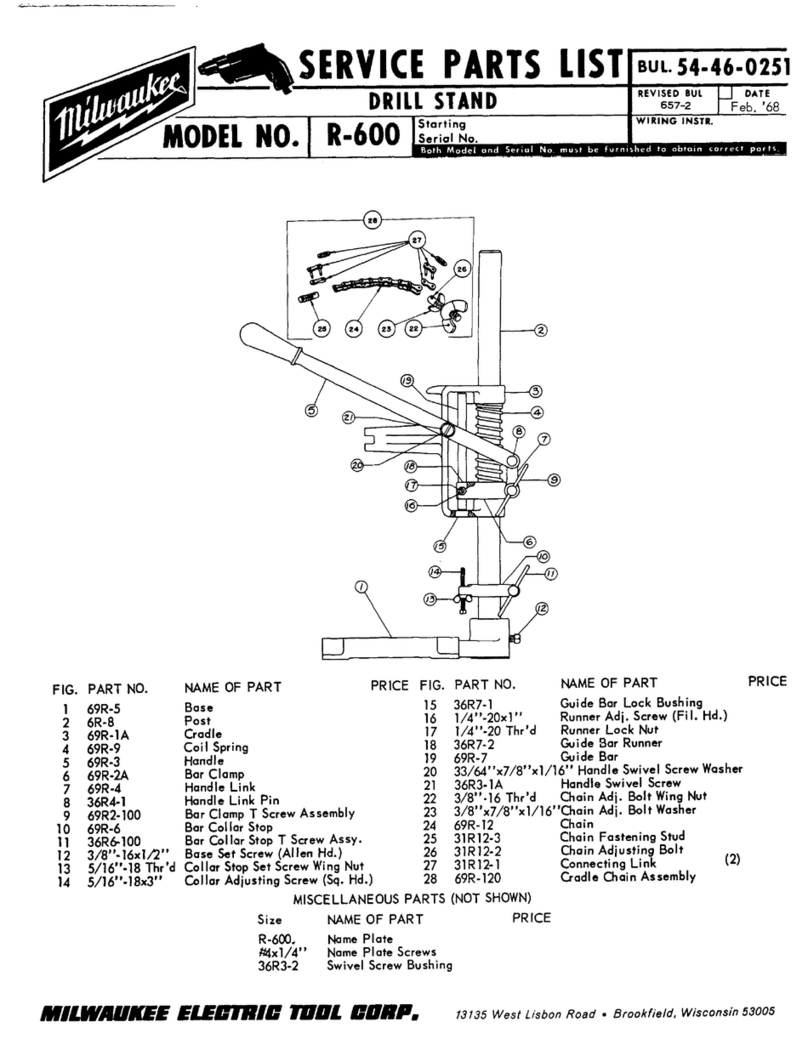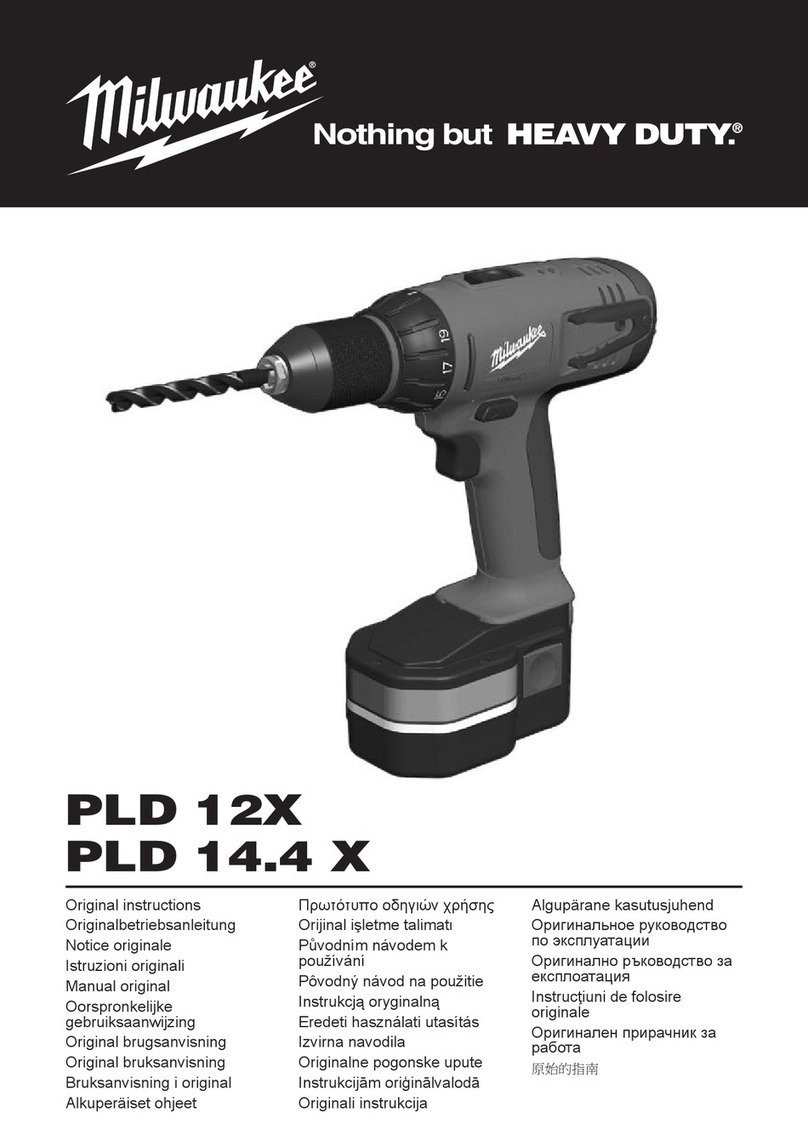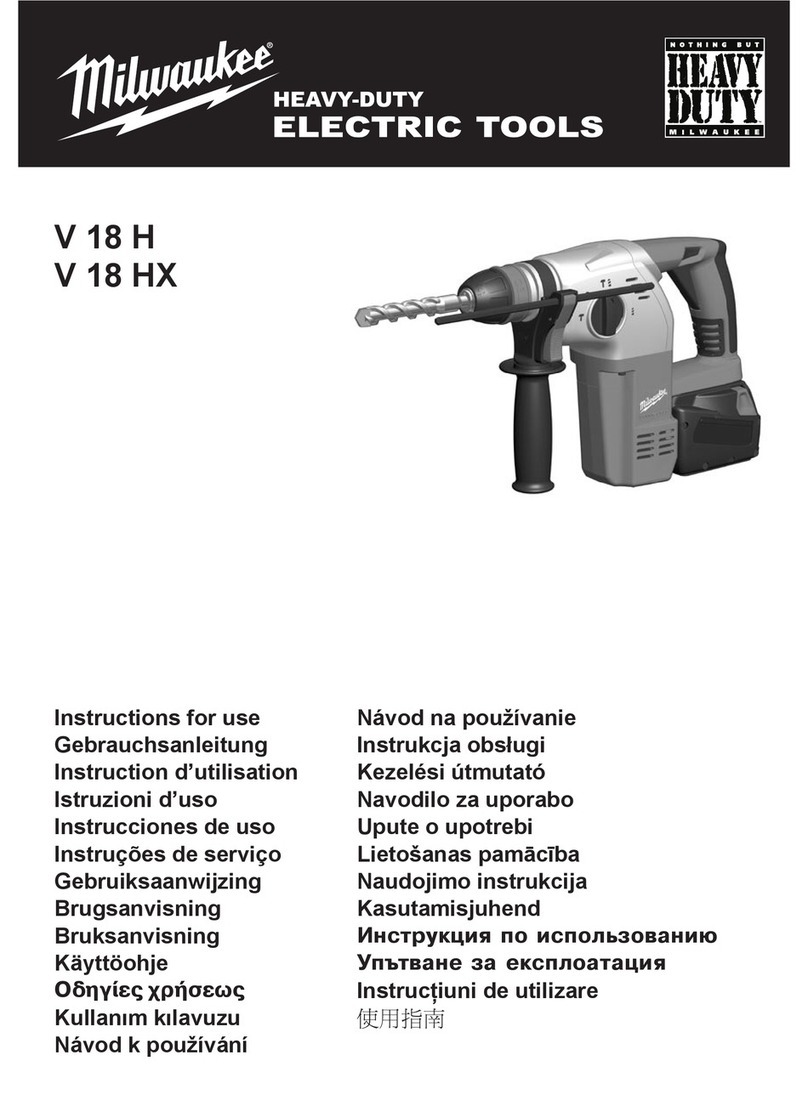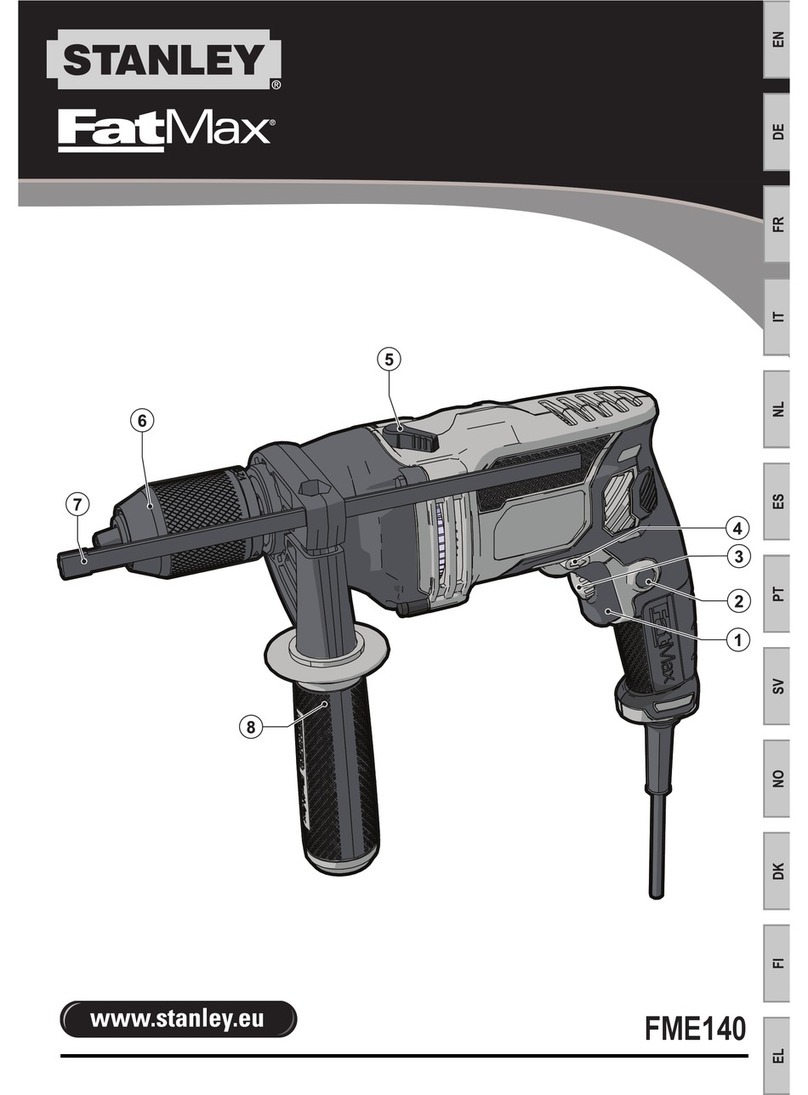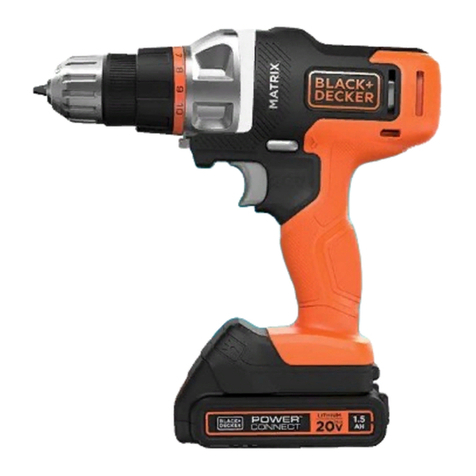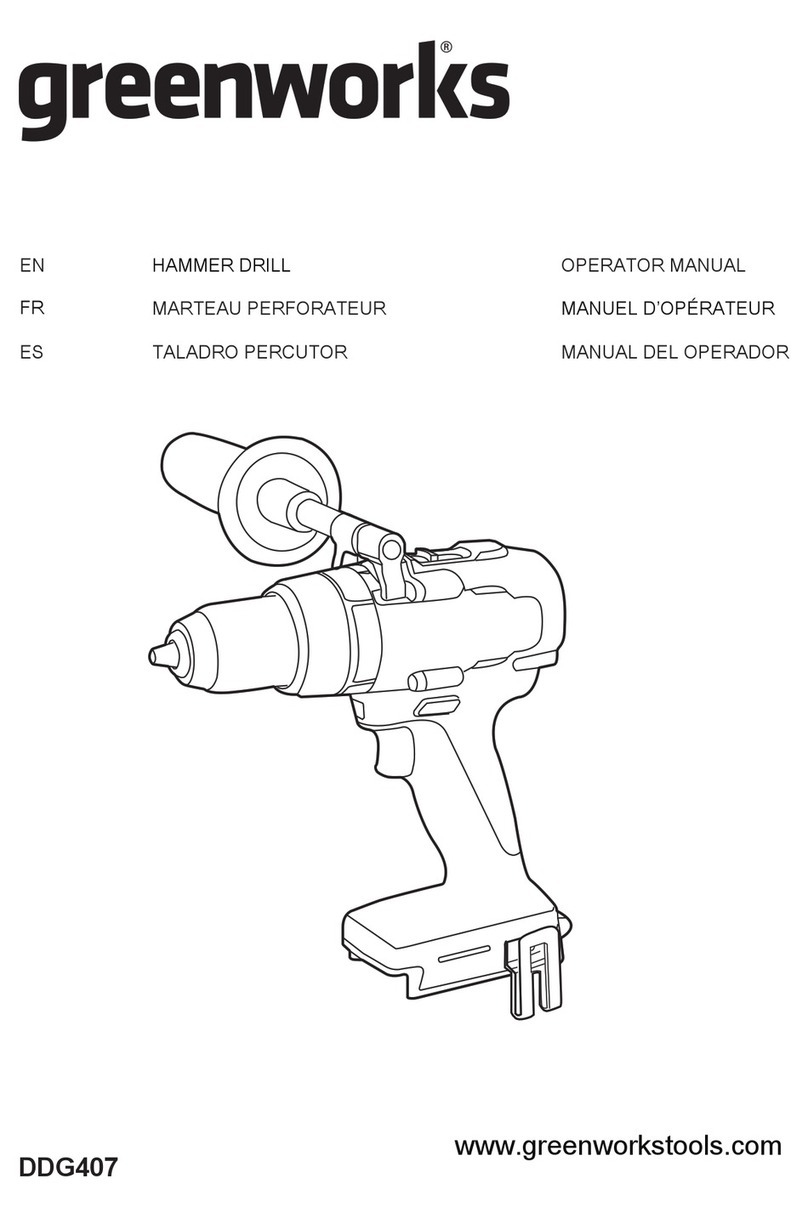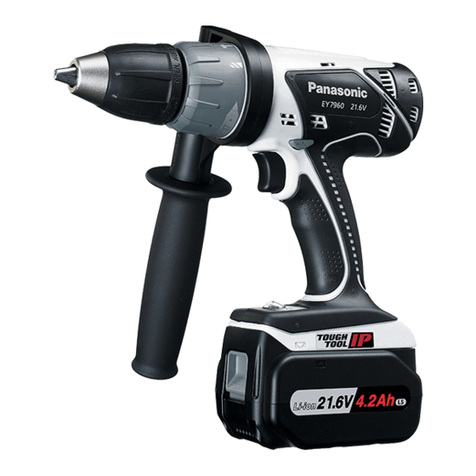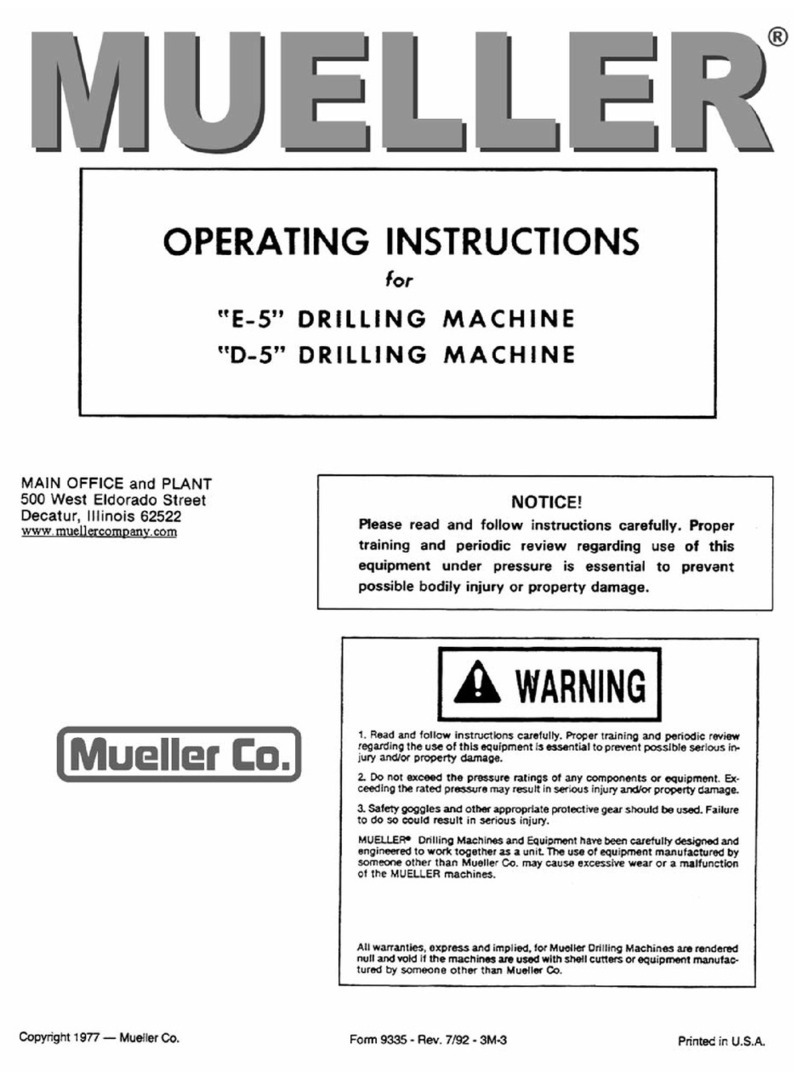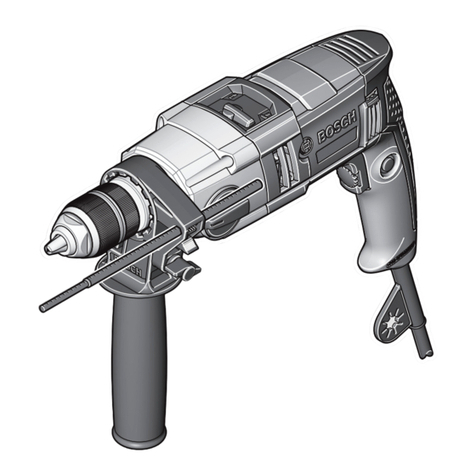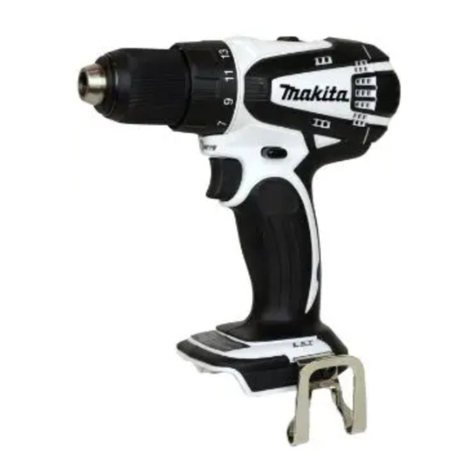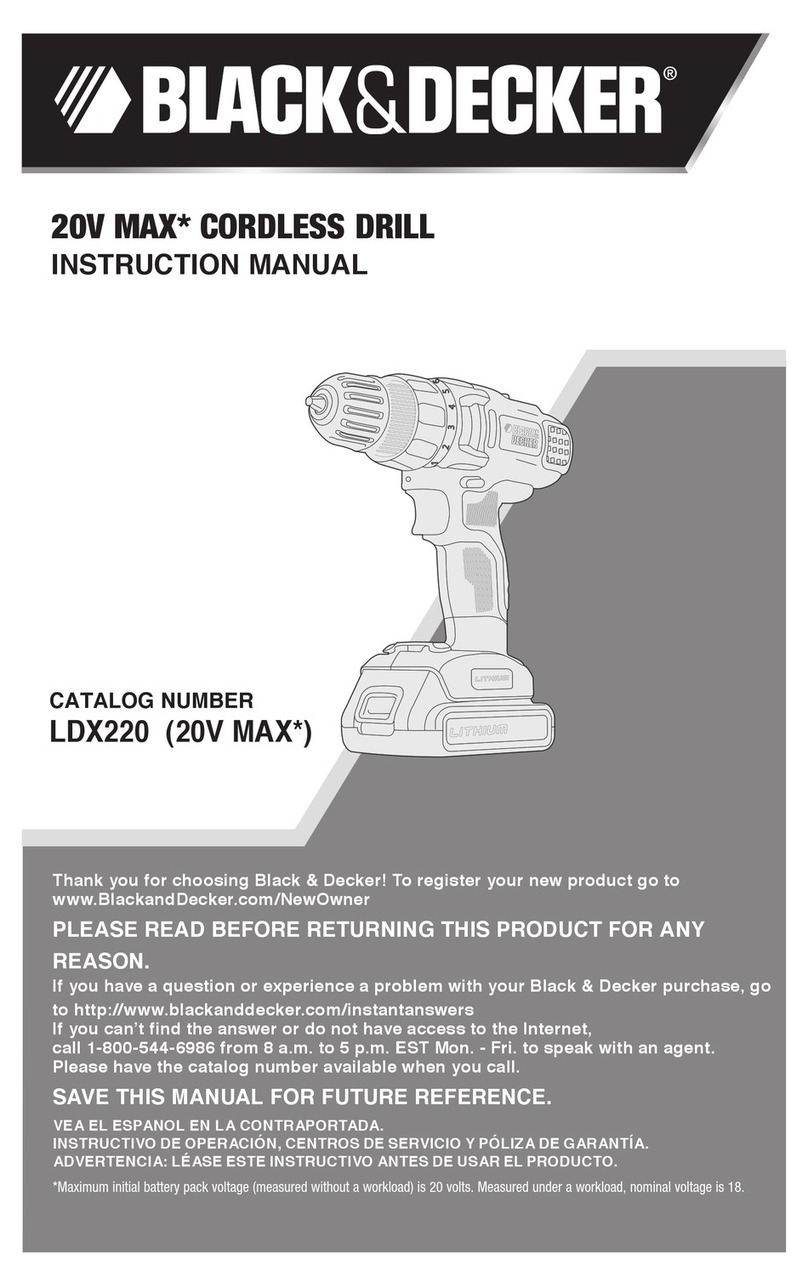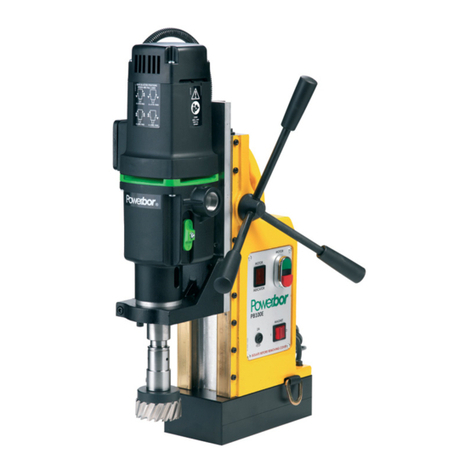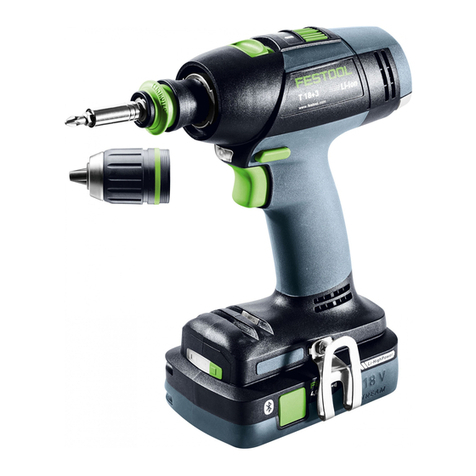Shifting Speeds (Fig. 8)
Catalog Nos. 1675-1, 1678-20 and 1679-20 have a gear shift
lever on the right side of the gear case. The arrow in Fig. 8
indicates shift lever rotation.
The high setting (1200 RPM HI) is the low torque setting and
is designed for driving Selfeed bits 1-3/8” in diameter and
smaller.
The low setting (300 RPM LO) is the high torque setting and
is designed for driving Selfeed bits 1-1/2” in diameter and larg-
er. See specifications, page 4.
Always turn off the switch and shift while the tool is coasting
to a stop. Never shift the drill while it is moving at full speed,
when it is under load, or when it is stopped.
Speed Control Dial (Fig. 9)
Catalog number 1678-20 is fur-
nished with a Speed Control
Dial (Fig. 9A) to provide elec-
tronic speed control in addition
to the gearing speed change
described above. (The trigger
does not control the speed - it
only turns the tool on and off).
The dial is located on the rear of
the handle. The dial has posi-
tions numbered 1-8. Position 8
provides full speed at no load.
Position 1 provides approxi-
mately 25% of the full no load
speed. Reduced speed can be
useful for starting bits and obtaining the optimum speed
for a given bit size. Do not adjust the speed while drilling.
This tool is furnished with Electronic Feedback to provide
a more constant speed under load.
Reversing (Fig 10.)
A reversing switch is located below the trigger switch (A),
above for Cat. No. 1678-20 (B), for removal of bits from holes.
Permit the motor to come to a complete stop before reversing.
Reversing the tool with the gears in motion may cause severe
damage. When removing selfeed bits from partially drilled
holes, a flick of the trigger switch will free the threaded pilot
screw. When the threads are loose, lift the bit from the work-
piece with the motor stopped.
Drilling
Before drilling, clamp material down securely. A poorly secured
piece of material may result in personal injury or inaccurate
drilling. When drilling light gauge metal or wood, use a wooden
block to back up material to prevent damage to workpiece.
Center the hole to be drilled with a center punch to give the bit a
start and to prevent it from “walking.” Lubricate the drill bit with
cutting oil when drilling iron or steel. Use a coolant when drilling
nonferrous metals such as copper, brass or aluminum.
To start a selfeed bit, run the threaded feed screw into the work
by flicking the trigger switch, permitting the bit to coast until the
teeth contact the work surface. Align the bit properly before pro-
ceeding. This will reduce cocking and jamming when starting. To
reduce jamming on breakthrough, decrease the drilling pressure
when the feed screw point breaks through the workpiece.Proceed
with steady, even pressure.
Operating Instructions (continued)
Page 4
RenTrain INC RenTrain INC
Fig. 8
Fig. 9
Fig. 10
A
B
A
Catalog
Number
Volts
AC
Only
SPECIFICATIONS
With
Selfeed
Bit
Speed No Load
RPM
With
Auger
Bit
With Ship
Auger Bit
Capacity
Wood
Steel
1670-1 120 - 900 7/16” 1-1/2” 1-1/2” 2-9/16”
1675-1 120
High
Low
1200
300
5/16”
1/2”
1-1/8”
1-1/2”
1-1/4”
1-1/2”
1-3/8”
4-5/8”
1678-20 120
High
Low
300-1200
75-300
5/16”
1/2”
1-1/8”
1-1/2”
1-1/4”
1-1/2”
1-3/8”
4-5/8”
1679-20 120
High
Low
1200
300
5/16”
1/2”
1-1/8”
1-1/2”
1-1/4”
1-1/2”
1-3/8”
4-5/8”
With
Twist
Bit

